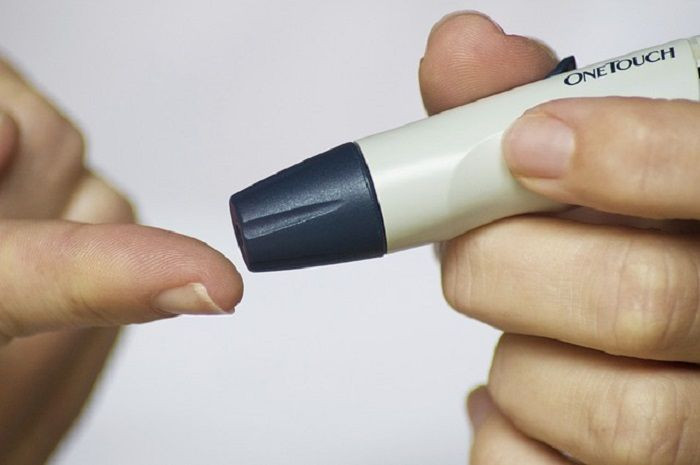Random Risk Factors For Type 2 Diabetes: A History Of STDs And Intestinal Infections

Researchers at UCLA have identified surprising new risk factors for Type 2 diabetes, increasing hope of catching undiagnosed cases of the disease.
Their study, published in The Journal of Biomedical Informatics, found a diagnosis of gender dysphoria, intestinal infections, or sexually transmitted diseases like chlamydia were highly associated with a heightened risk for Type 2 diabetes. If it’s certain these are risk factors, they may one day be added to screening processes, which currently asses blood pressure, body mass index, age and gender.
“The most surprising thing about our study was the strength of the less-common diagnoses and medications to help identify diabetic patients, even after accounting for the well-known predictive ability of common risk factors, such as age, weight, and hypertension,” lead author Ariana Anderson told Medical Daily.
Type 2 diabetes is a lifelong illness that impacts how more than 29 million people in the U.S. process blood sugar, according to the Centers for Disease Control and Prevention. Early treatment can delay or even prevent many complications of the disease, such as neuropathy of the feet or heart disease, from ever occurring. However, because many people with vague symptoms forgo time consuming, expensive blood tests, they end up with Type 2 diabetes without knowing it. In fact, there were more than 8 million undiagnosed cases of the metabolic disorder in 2012.
"Given that one in four people with diabetes don't know they have the disease," Anderson said. "It’s very important to be able to say, ‘This person has all these other diagnoses, so we're a little bit more confident that she is likely to have diabetes. We need to be sure to give her the formal laboratory test, even if she's asymptomatic.'"
For the study, Anderson and her colleagues examined the electronic health records of nearly 10,000 people admitted to hospitals, clinics, and doctor’s offices across the U.S. The data included patient vital signs, prescription medications, and reported ailments. They used half the health records to develop and refine a screening algorithm, and then tested the formula on the other half.
The formula found that being diagnosed with “sexual and gender identity disorders” — unhappiness with the sex and gender assigned at birth — increased risk of Type 2 diabetes by roughly 130 percent, which is about the same heightened risk a person with high blood pressure has. A history of intestinal infections, like colitis, enteritis, and gastroenteritis was associated with an 88 percent increase. Chicken pox, shingles, and a range of other viral infections increased risk for diabetes just as much as cholesterol, the researchers found.
“We anticipate that these methods will be used not just for diabetes, but for screening of many illnesses,” Anderson said. “The real advantage may be in identifying who is at risk for more rare diseases, such as lupus, where formal screening is not cost-effective.”
Despite the added risk factors, there were some upsides to the research. For example, those who were prone to migraines, or who took antianxiety and anti-seizure medications, like clonazepam and diazepam, were at a lower risk for diabetes. The researchers also found mining through electronic health records is a far more accurate and less expensive way for doctors to search for previously unknown diabetes risk factors. Ultimately, these methods may help doctors catch diabetes early, eventually lowering rates of death from the disease.
Anderson A, Kerr W, Thames A, Li T, Xiao J, Cohen M. Electronic Health Record Phenotyping Improves Detection and Screening of Type 2 Diabetes in the General United States Population: A Cross-Sectional, Unselected Retrospective Study. Journal of Biomedical Informatics . 2016.



























